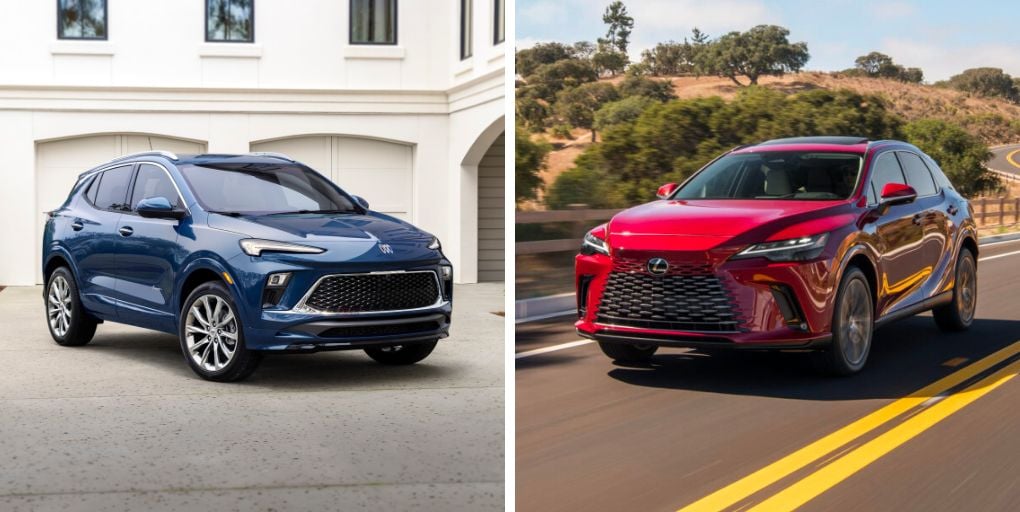J.D. Power is sharing the results of its 2024 U.S. Customer Service Index (CSI) Study. The good news? Customer satisfaction with dealer service sees improvement over last year. The bad news? Service appointment wait times that continue to grow.
The study found that while customer satisfaction with the dealer service experience has rebounded this year (overall, improves five points to 851 (on a 1,000-point scale), dealers continue to grapple with parts and labor shortages that are fueling longer wait times for appointments.
“It’s encouraging to see an improvement in service satisfaction but, unfortunately, the capacity and wait time issues have gotten progressively worse since the pandemic and show no immediate signs of easing up,” said Chris Sutton, vice president of automotive retail at J.D. Power. “Excluding Tesla owners, the service experience for BEV owners is underwhelming. As sales of BEVs continue to grow and the industry moves out of the early-adopter phase, the typical owner will not be as willing to tolerate a less-than-stellar service and ownership experience. On the manufacturer side, a higher rate of BEV recalls is also contributing to an inconsistent experience. This is an area that automakers and dealers need to address now to help make the transition to electrification as pain-free as possible for owners in the future.”
Researchers say a notable lack of trust with servicing dealers to perform complex repairs and provide useful guidance contributes to the poor service experience of non-Tesla BEV owners. Overall dealer trust among non-Tesla BEV owners is 5.62 (on a 7-point scale) but jumps to 6.00 among owners of gas-powered vehicles owners and 5.74 among plug-in hybrid (PHEV) owners.
The study, now in its 44th year, now also includes emerging features such as valet service, mobile vehicle servicing and online/smartphone app payment options to gauge the effect these processes have on the service experience. The study measures satisfaction with service at franchised dealer or aftermarket service facilities for maintenance or repair work among owners and lessees of one- to three-year-old vehicles. It also provides a numerical index ranking of the highest-performing automotive brands sold in the United States, which is based on the combined scores of five measures that comprise the vehicle owner service experience. These measures are (in order of importance): service quality; service advisor; vehicle pick-up; service facility; and service initiation. In 2023, model segment rankings were added to the study to differentiate between the service needs of cars, trucks, SUVs and minivans.
Following are key 2024 findings:
- Appointment wait times for mass market vehicles continue to increase: On average, owners of mass market vehicles wait 5.2 days for an appointment at the dealer, up from 4.8 days in 2023, while owners of premium vehicles wait 5.4 days—slightly better than a year ago. Wait times in both segments are still significantly higher when compared with pre-pandemic levels.
- Customers want prompt service appointments: Longer wait times at dealers are driving more customers to aftermarket service facilities. Among customers in the mass market segment, 35% now choose aftermarket service because of the ability to be seen right away, surpassing cheaper costs (34%) as a reason for choosing such service. Notable, too, is that 55% of customers choose aftermarket service due to convenience of location.
- Technology improves service experience: Using technology is an important part of enhancing the service experience. Customers are four times as likely to indicate they would like to get service updates via text message (68%) than a phone call (16%). Additionally, when service advisors provide photos or videos to support the results of a multi-point inspection (MPI), customer satisfaction with their advisor improves 31 points than when no photos or videos are shared (911 vs. 880).
- Amount spent per dealer visit continues to climb: During the past two years, the average amount spent on a recent dealer service visit has risen 30% for owners of both premium and mass market vehicles. Owners of premium vehicles pay an average of $380, up $66 from 2023, while owners of mass market vehicles pay $140, a year-over-year increase of $15. Among customers whose service is not covered by warranty or a maintenance contract, these increases can be attributed to inflation and higher costs for parts and labor.
- Non-Tesla BEV owners are the least satisfied of them all: Owners of non-Tesla BEVs experience recalls slightly more than twice as often as do owners of gas-powered vehicles. Compounding the problem, overall service satisfaction with recall work is 782 among these affected owners—50 points lower than among owners of gas-powered vehicles (832). In fact, non-Tesla BEV owners have the lowest satisfaction with recall work across all other major vehicle categories, including diesel (831), hybrids (827) and PHEVs (821).
Highest-Ranking Brands and Segments
Luxury Market
- Lexus ranks highest in satisfaction with dealer service among premium brands for a third consecutive year. (897)
- Porsche (894)
- Cadillac (883)
Mass Market
- Buick (887)
- MINI (884)
- Subaru (877)
Mass Market Car Segment
- MINI (877)
- Subaru (874)
- Mazda (867)
Mass Market SUVs/Minivans
- Buick (887)
- Mitsubishi / Subaru (877)
Premium Car Segment
- Porsche (902)
- INFINITI (900)
- Lexus (892)
Premium SUV Segment
- Lexus (898)
- Porsche (889)
- Cadillac (882)
Truck Segment
- Nissan ranks highest in the truck segment for a second consecutive year. (873)
- Chevrolet (856)
- Toyota (855)
The 2024 U.S. Customer Service Index (CSI) Study is based on responses from 64,781 verified registered owners and lessees of 2021 to 2023 model-year vehicles. J.D. Power goes to great lengths to ensure that survey respondents are true owners of the brand they are representing. The study was fielded from August through December 2023.

